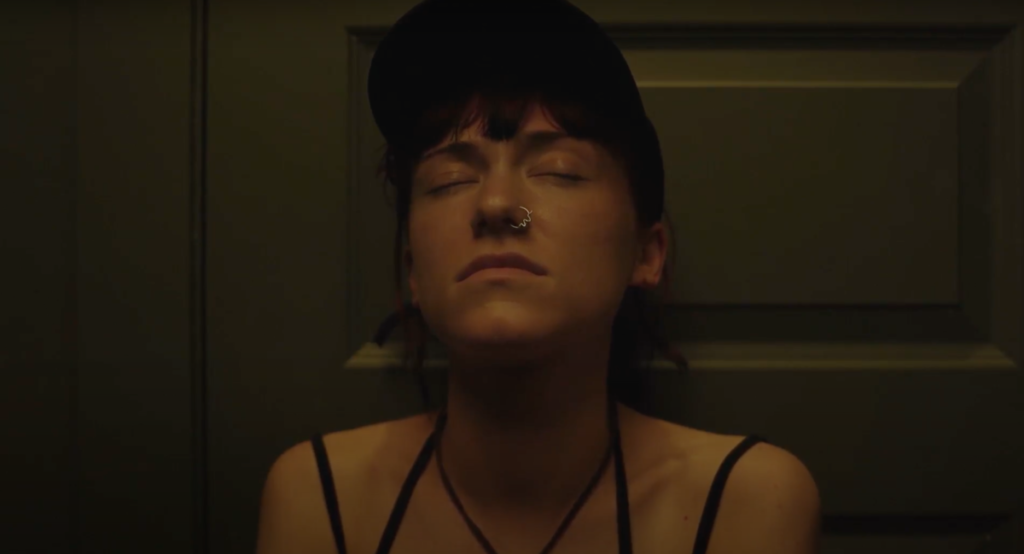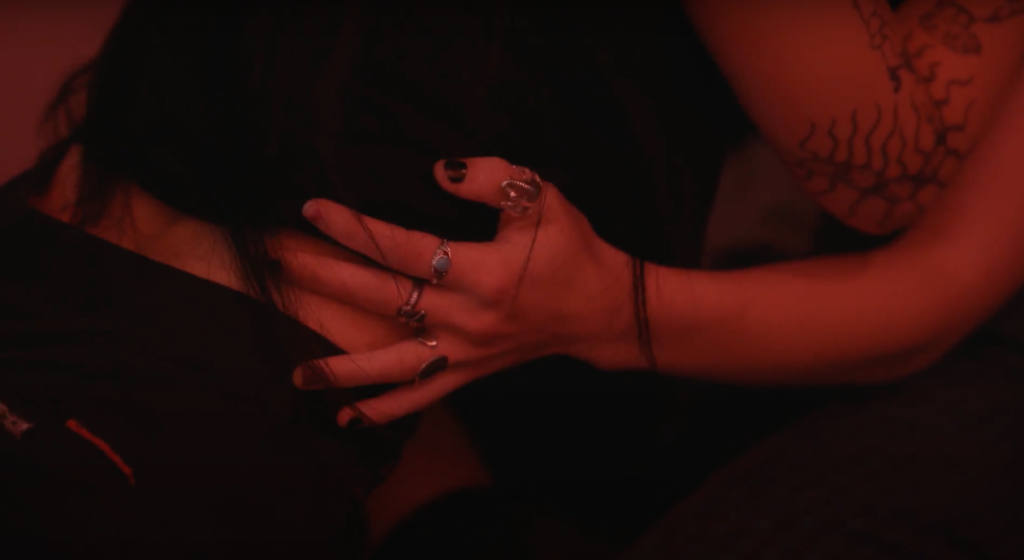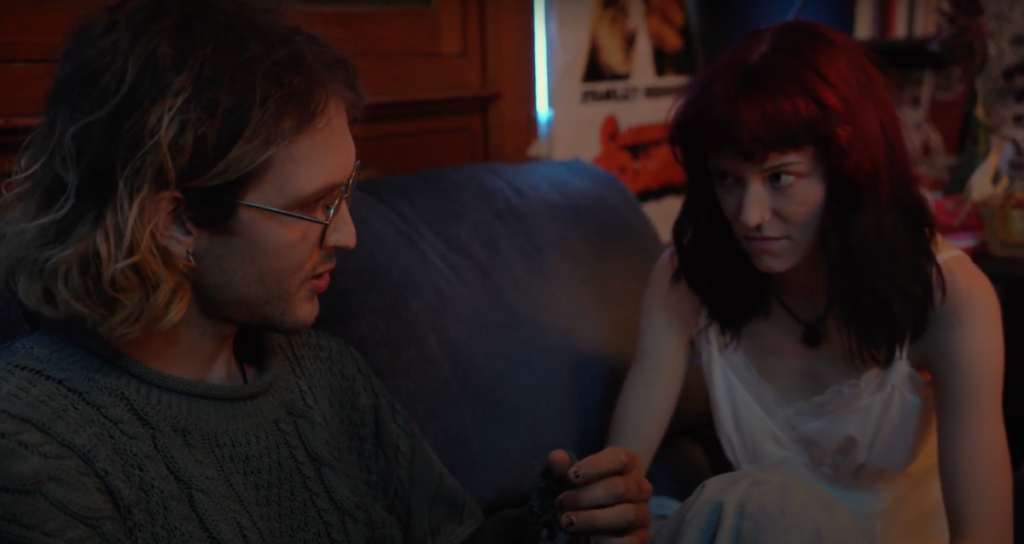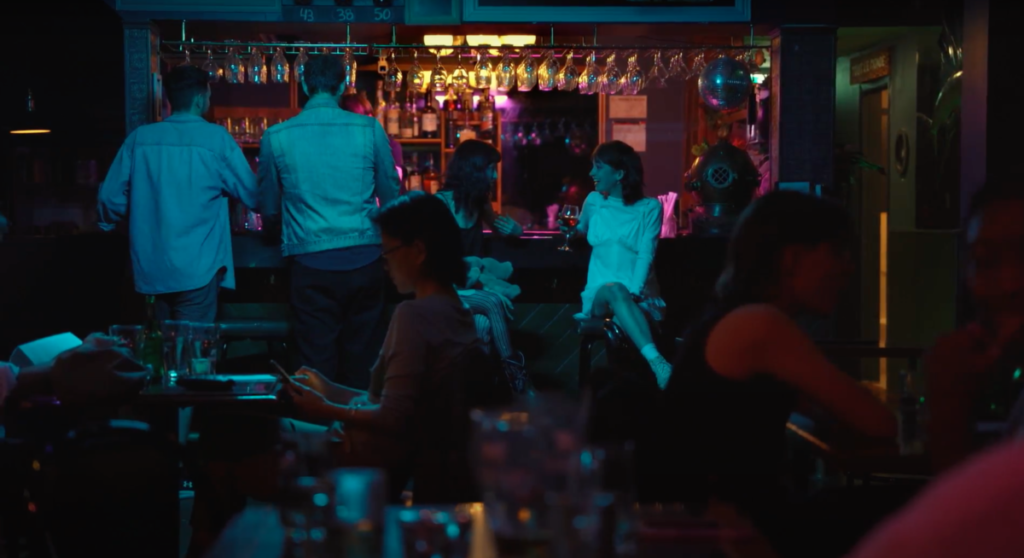First screening of the mini web-series Léo au féminin
The mini web-series Léo au féminin premiered on Feb. 21 in a full room, brimming with excited people, at La Tulipe on Papineau Ave. The evening was dedicated to featuring the first four episodes of the ten-episode web series. The series centers around the tribulations, anxieties and health concerns of a young CEGEP student named Léo and her friends.
Co-director and screenwriter Éléonore Delvaux-Beaudoin recounted being inspired by her personal life to create this auto-fiction. She was studying in CEGEP when she pitched the idea as a short film to her friend and classmate Catherine Quesnel. The pair decided to turn it into a mini web-series, recruiting some of their classmates and friends in the process.

“We realized the strong link we had while writing,” said Quesnel. “It’s an auto-fiction we wrote together, but it’s mostly based on Éléonore’s life and I really immersed myself in her world.”
Delvaux-Beaudoin shared her experience of living with an invisible disability, something rarely portrayed in cinematography. She has several life-threatening food allergies and shared that, a few years ago, she almost died because of them.

“Catherine and I also wanted to show the mental pain that comes with these invisible disabilities,” said Delvaux-Beaudoin. “We don’t realize that people with these autoimmune diseases live in a state of constant fear: a fear of eating, touching, sharing, kissing.”
The subject was treated in a subtle way, which captured its complexity with finesse despite the episodes being short. Each episode contains a sequence focused on a meal, showing the anxiety that Léo experiences around food because of her allergies.

In addition to these explicit scenes, details that seem insignificant at first become more important when we notice the seriousness of the character’s allergies. Examples include when she has to remind her boyfriend to brush his teeth before kissing, or when she scrutinizes food labels.
The series also touches on queer relationships, open and non-monogamous relationships and love in all its forms. After being bombarded with classic rom-coms by Netflix during the Valentine’s Day season, this series created by young people for young people is a breath of fresh air with its very realistic and wholesome portrayal of relationships.

For co-producer Lu-Sergei Denaud, showing queer relationships and queer joy on screen was an important aim in the production. They pointed out that traditional TV in Quebec rarely portrays queer stories in a good light and that Léo au féminin aimed at showing both the complexity and beauty of queerness.
“I think that this series also serves to show that we are a more open generation, that we are freeing ourselves little by little from the heteronormative confines,” said Denaud. “I find that with Léo au féminin I can finally say, and I hope that our generation will be able to say, ‘finally, I see myself’”.

Despite the fast pace of the mini-series format, the scenes never seem forced. While featuring the usual topics found in coming-of-age dramas, this take on youth felt refreshing.
Set in Montreal with a cast of CEGEP students and created with a very minimal budget, the series gives a more realistic vision of transition into adulthood without falling into classic tropes of teen movies, all while maintaining a poetic fiber.
Léo au féminin delves into Gen-Z themes beyond traditional coming-of-age stories. Léo, for instance, spends a whole dinner explaining to an older person what the LGBTQ+ acronym means, has panic attacks in her workplace or even spends $300 to adopt a cat.
The production is now working on finding a platform to host the series which will come out in a few months. You can follow Léo au féminin here.




